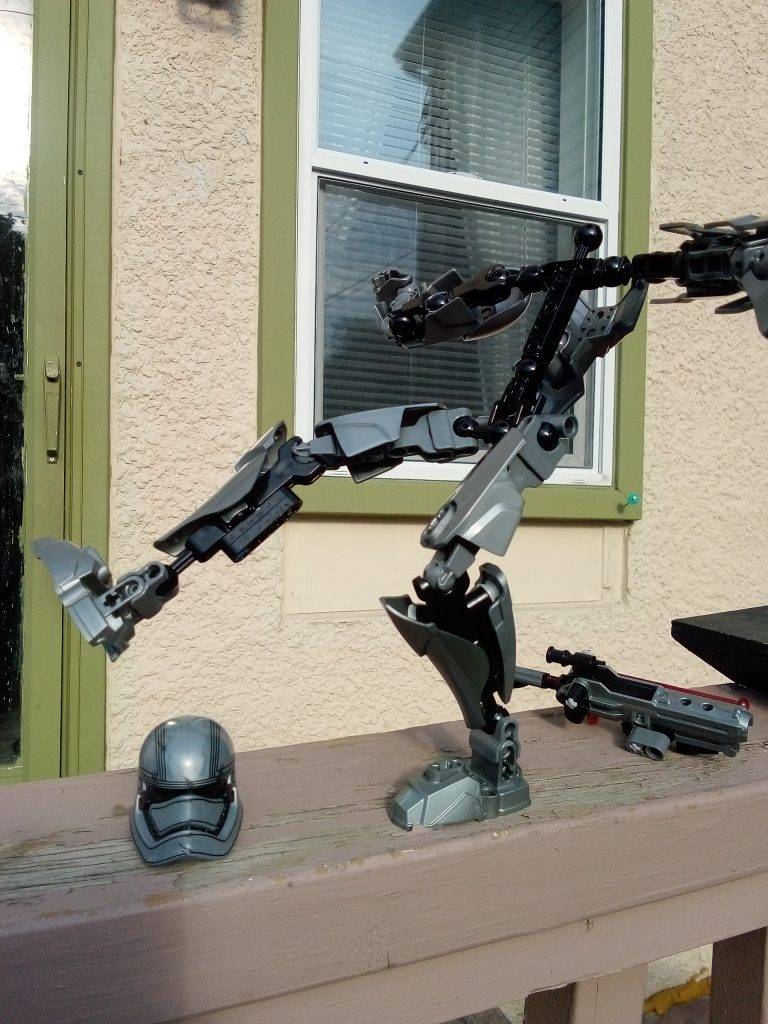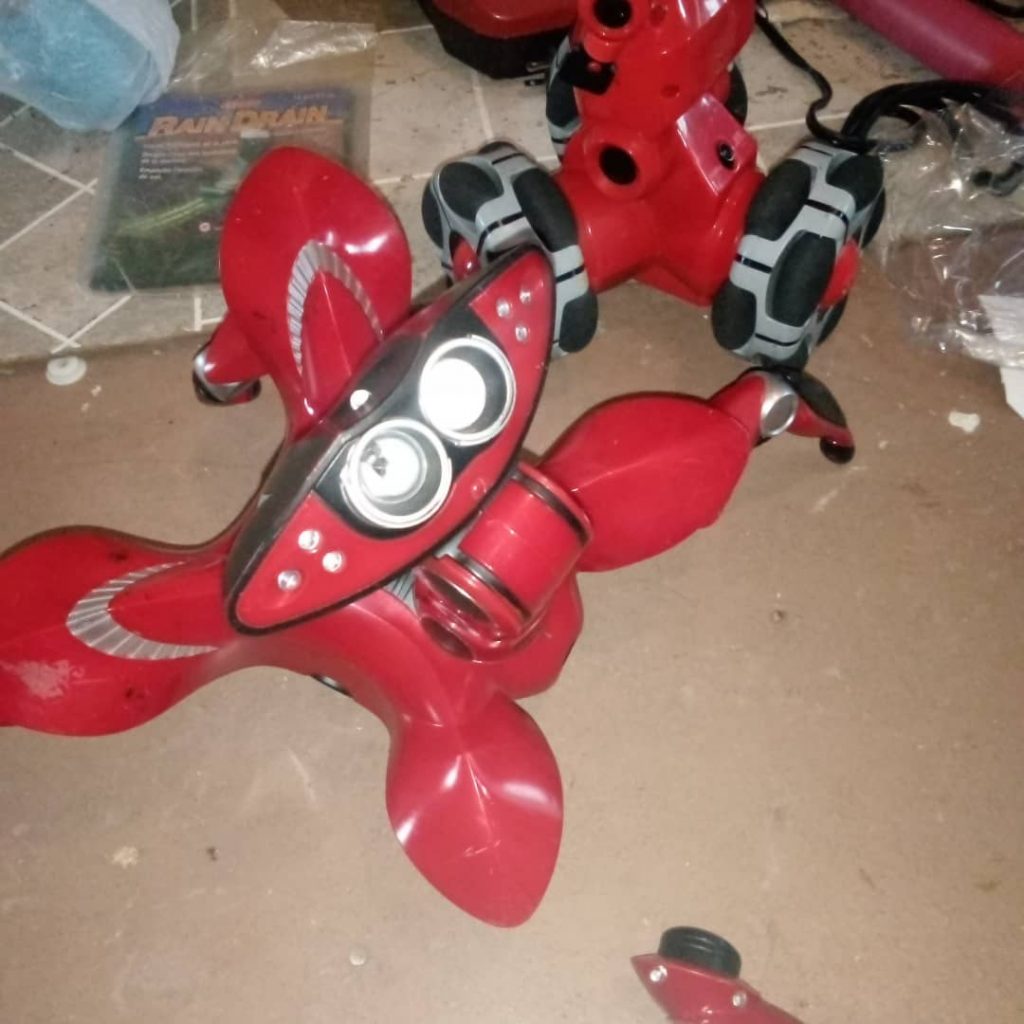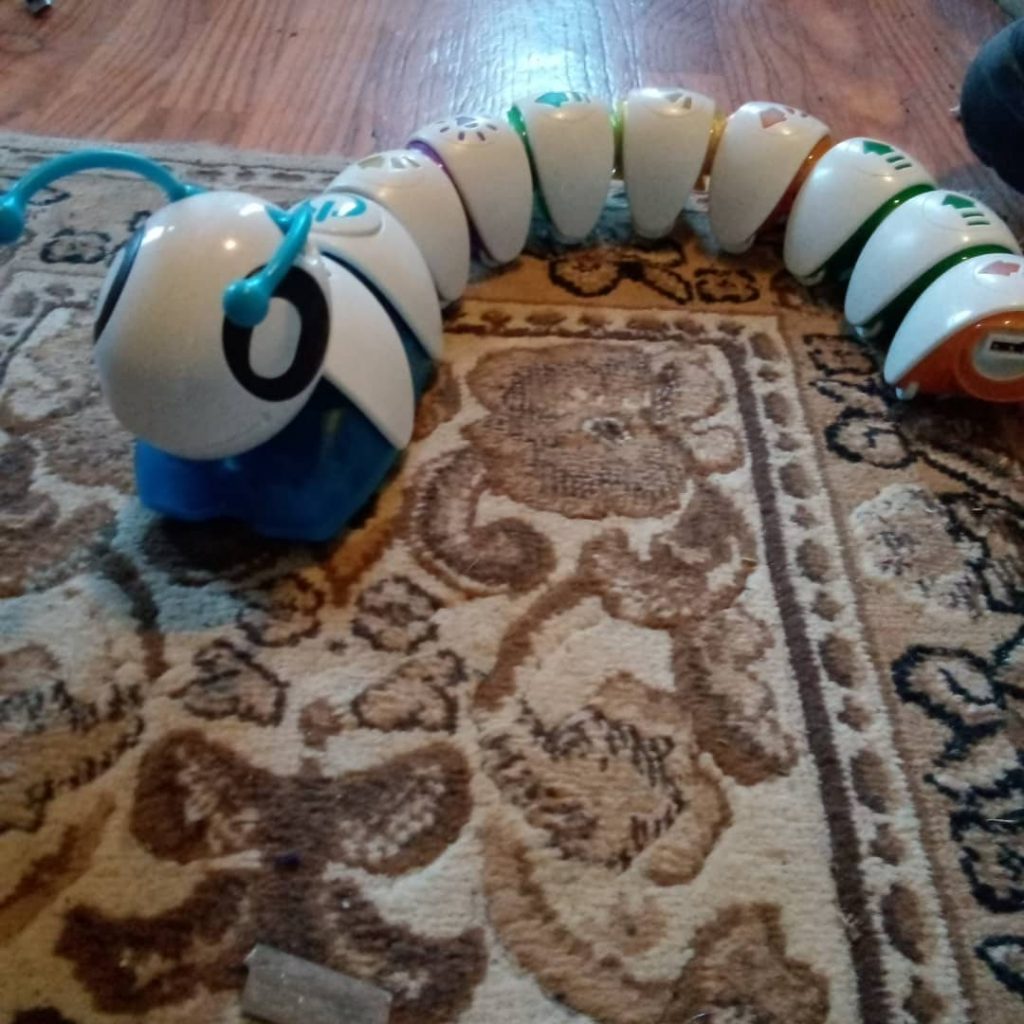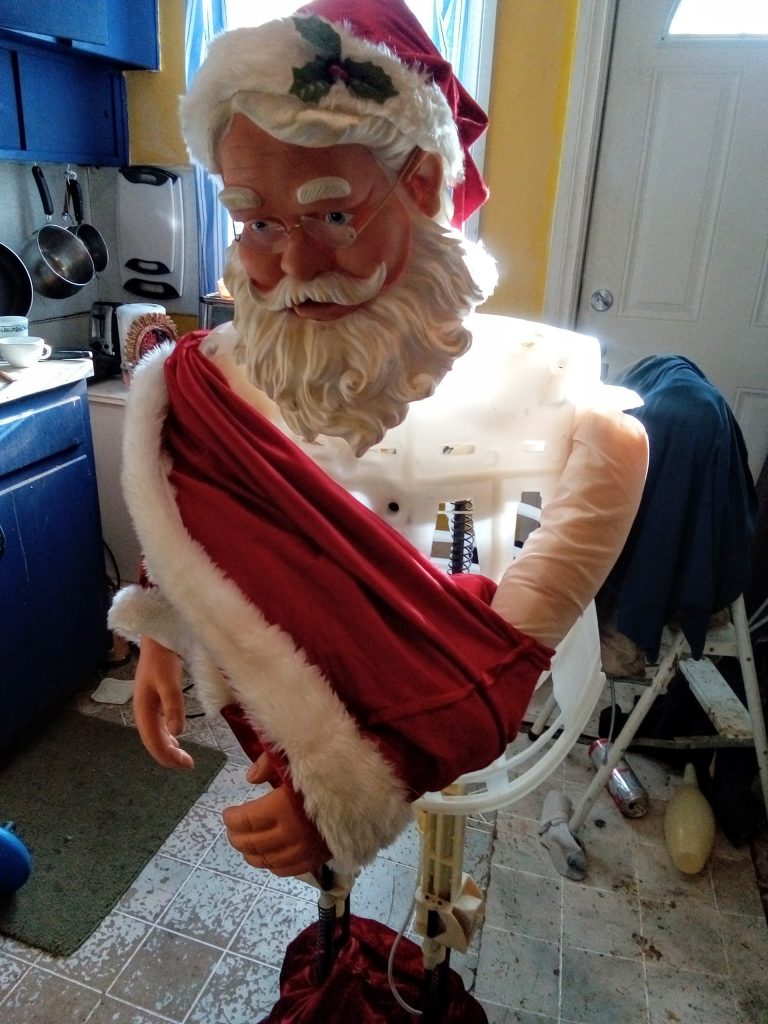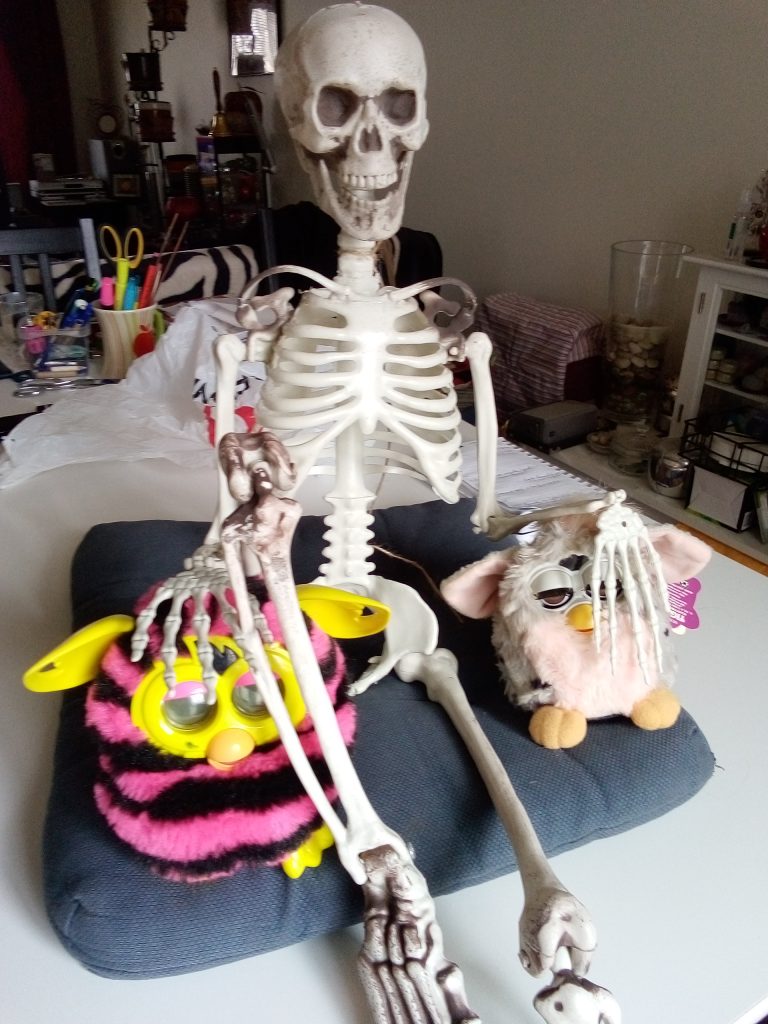Here we will talk about some of the areas of mechanical engineering as it relates to robots as making a joint move and the linkages and belts and pulleys that are involved.
Early in your robot design process you must decide which parts of it will move and by how much.
You would start at the head and move down to the robots feet.
Will the head move up and down and side to side on the neck?
Will the arms bend at the elbow and rotate left and right and will there be wrist that rotates and a hand with fingers? How about the waist and the leg bending?
Will there be moving ankles and will the foot be one piece or will there be 2 pieces to pivot.
In mechanical engineering you would hear terms thrown around like dof (degrees of freedom), rigid bodies moving on a joint, kinematics and reverse kinematics and end effectors and actuators and then the types of joints which are called axes.
It can get complicated and can involve mathematics if you are really designing a spectacular robot but for the most part you just need to figure out how to make the robots limbs move and decide how the motors will attach to do the job.
So there is talk about rigid bodies attached to other rigid bodies with joints
There are mainly four types of joints that are found in robot manipulators:
• Revolute, rotary or pin joint (R) (like a hinge on a door)
• Prismatic or sliding joint (P)
• Spherical or ball joint (S) can move in all directions (like hip and shoulder joints…ball and socketf joints)
• Helical or screw joint (H (like a bolt and nut)
a rigid body in space has 6 dof and most robots are made to have 6 joints
Kinematics is the study of motion.
Five types of mechanical joints for robots may be classified; these are linear joints, orthogonal joints, rotational joints, twisting joints, and revolving joints.
A typical industrial robot arm has 7 pieces and 6 joints.
A prismatic joint is a connection between two objects that allows relative motion along a single axis. …
A rigid body in three-dimensional space has six degrees of freedom (DOFs).
You can talk using cartesian geometry and say that the 3 degrees are or the x, y and z axis and then there are `1 dof for each of them. This is the orientation. Roll, pitch and yaw are the other 3 dof.
If you are trying to convert your basic one peice mannequin into an articulated one with moveable joints, you can buy some great leg and arm joints at this website sculpturesupply.com where they sell their joints called EZ flexball and EZ socket joints.
